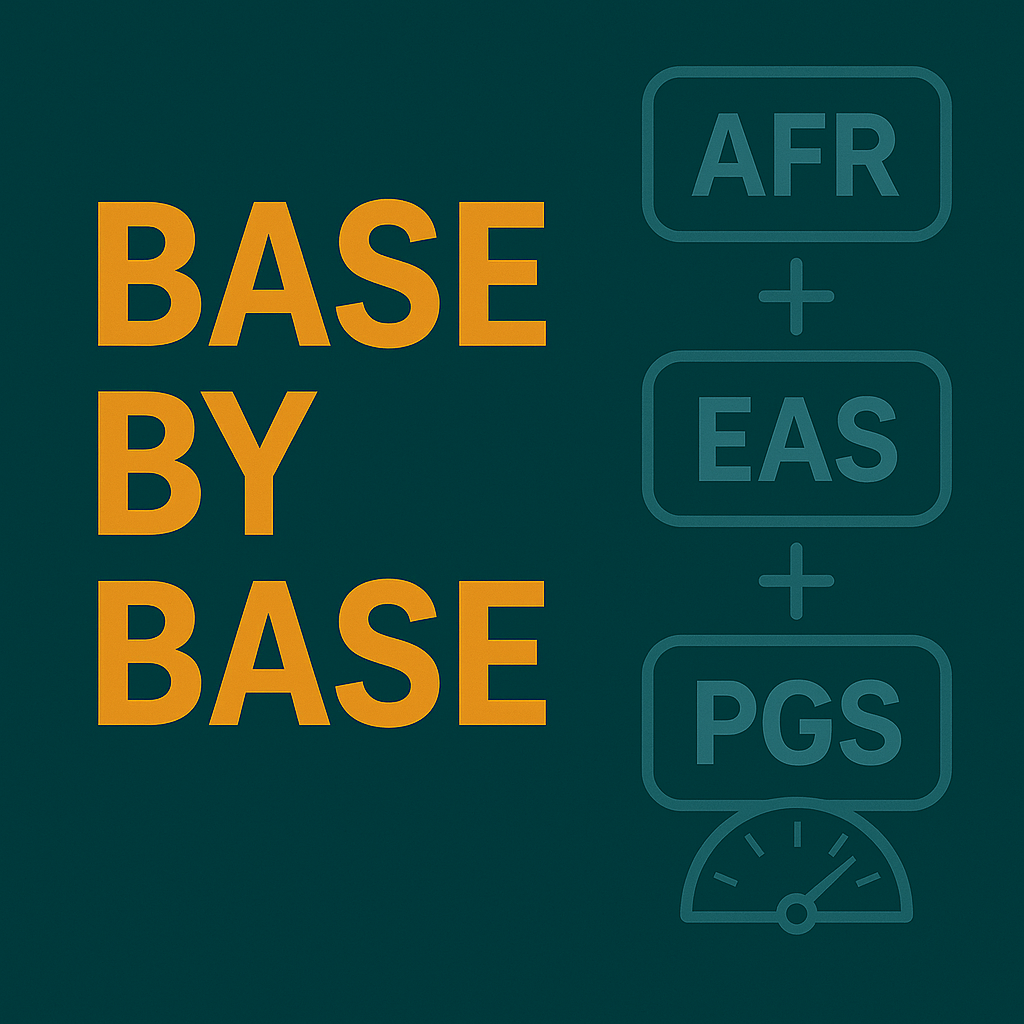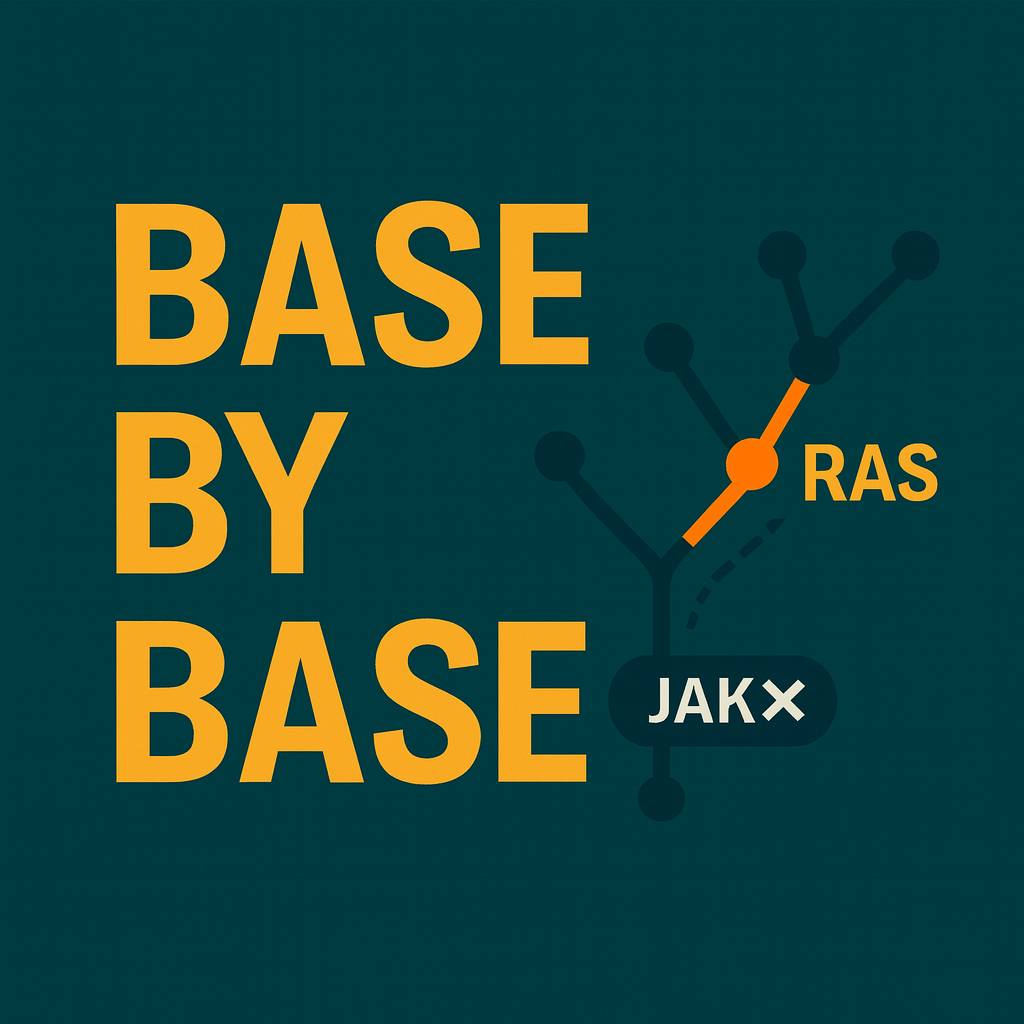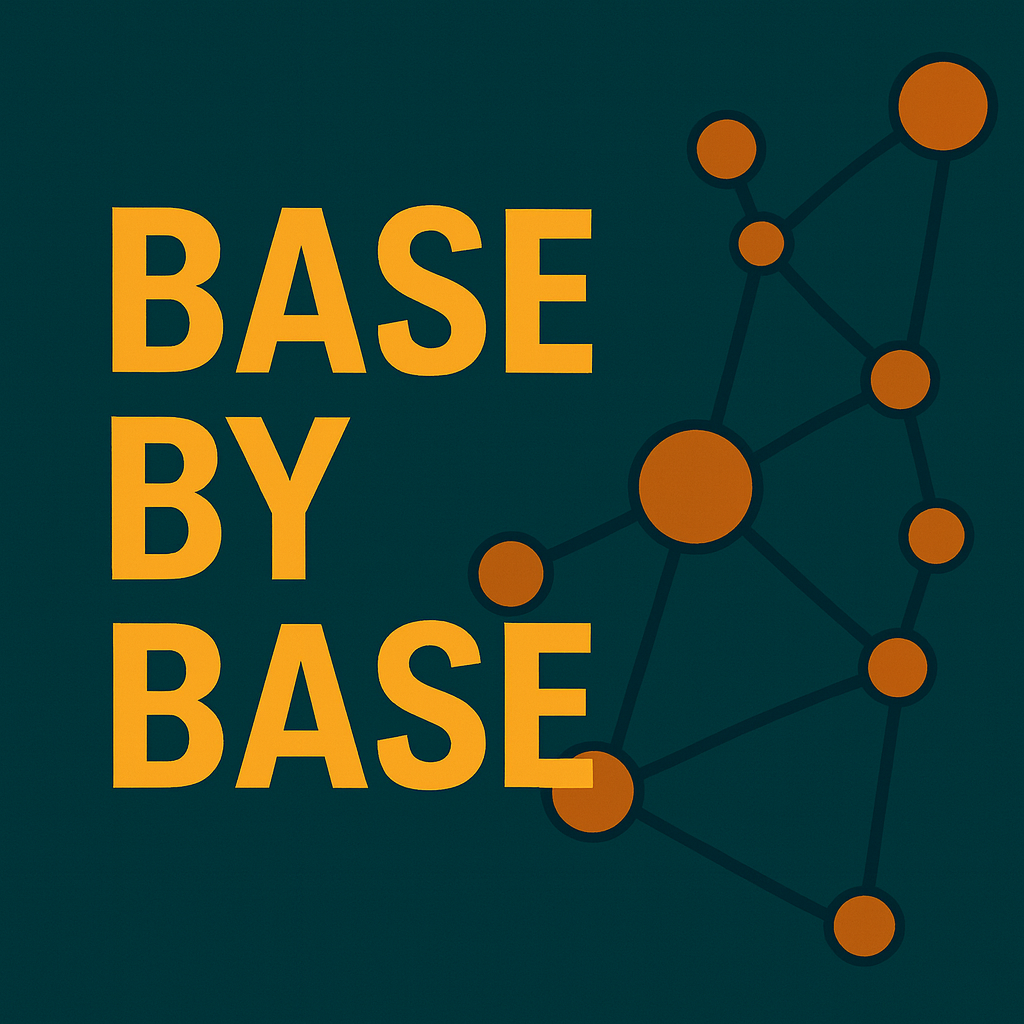Show Notes
️ Episode 53: Weighing the Evidence — A Systematic Review of Polygenic Risk Score Economic Evaluations
In this episode of Base by Base, we explore the systematic review by Siena et al. (2025) in The American Journal of Human Genetics, which examines the methods used to quantify the costs and benefits of polygenic risk–based strategies in clinical practice. The authors conducted a comprehensive search of PubMed, Web of Science, and Scopus, identifying 24 full economic evaluations—predominantly cost-utility analyses—spanning cancer screening programs, cardiovascular disease prevention, type 2 diabetes risk stratification, and glaucoma screening. Each study was assessed using the QHES instrument, and findings were synthesized narratively to highlight key methodological features, cost components, and analytic perspectives .
Study Highlights:
This review integrates evidence from cost-utility analyses across oncology, cardiology, endocrinology, and ophthalmology to reveal that many polygenic risk–stratified interventions demonstrate favorable cost-effectiveness outcomes, yet results are highly heterogeneous depending on the disease context and modelling approach; the widespread reliance on hypothetical cohorts and the scarce incorporation of real-world implementation data limit generalizability and risk underestimating delivery costs; analytic frameworks varied markedly in perspective (healthcare system, societal, payer), time horizon (5-year to lifetime), discount rates, and included cost categories (genotyping, diagnostics, treatment, indirect costs), complicating direct comparisons; indirect and non-health benefits—such as productivity gains—were infrequently evaluated; and critical gaps remain in representing diverse ancestries, accounting for long-term outcomes, and integrating comprehensive cost-benefit dimensions.
Conclusion:
Siena et al. conclude that polygenic risk–based approaches hold significant promise for enhancing precision prevention and personalized screening strategies. However, future economic evaluations must embrace real-world evidence, include diverse populations, and adopt broader cost and benefit frameworks to generate robust, actionable insights for policymakers and clinicians.
Reference:
Siena, L. M., Baccolini, V., Riccio, M., Rosso, A., et al. (2025). Weighing the evidence on costs and benefits of polygenic risk-based approaches in clinical practice: A systematic review of economic evaluations. The American Journal of Human Genetics, 112(1), 1–19. https://doi.org/10.1016/j.ajhg.2025.05.012
License:
This episode is based on an open access article published under the Creative Commons Attribution 4.0 International (CC BY 4.0) license (https://creativecommons.org/licenses/by/4.0/).




